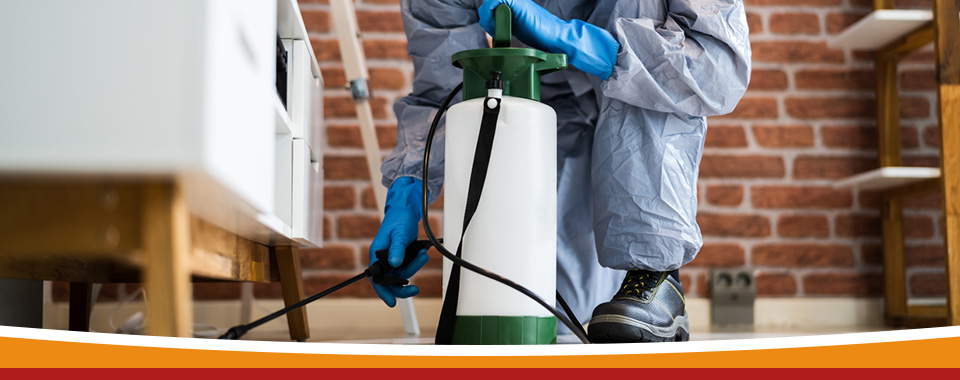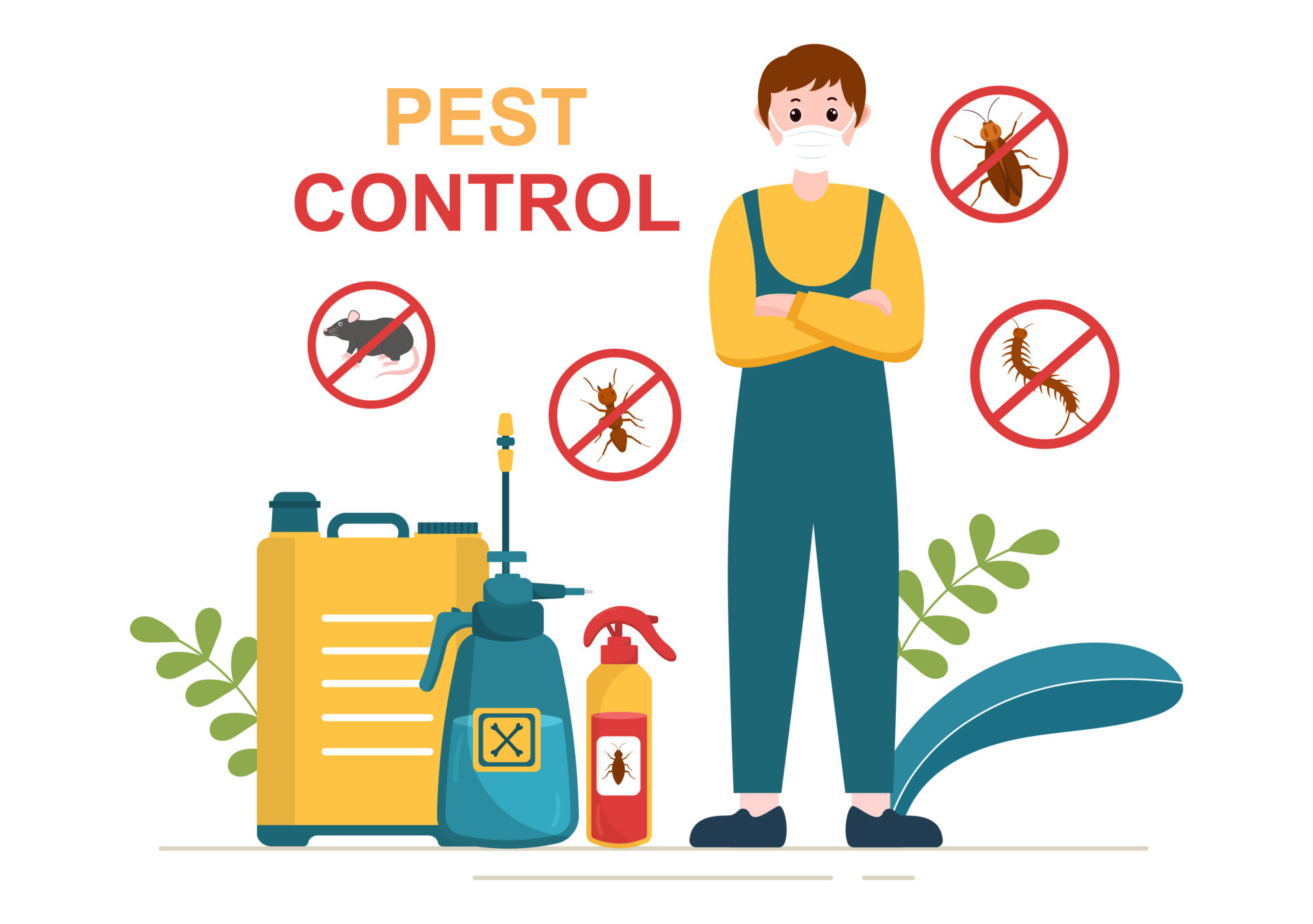Specialist Pest Control Techniques for Long-Term Outcomes
In the realm of bug control, achieving sustained efficacy and long-term results calls for a thorough method that transcends simple extermination. Professional insect control techniques encapsulate an extensive strategy that starts with a thorough inspection and analysis, followed by precise insect identification to recognize their habits patterns. The implementation of Integrated Insect Monitoring (IPM) concepts, paired with eco-conscious therapies, develops the cornerstone of sustainable insect obliteration. However, real test lies in the recurring monitoring and maintenance of the treated areas, guaranteeing a pest-free environment for the direct future. By delving right into the details of these techniques, a much deeper understanding of specialist bug control techniques for enduring end results emerges.
Evaluation and Analysis
Upon going into a residential or commercial property for parasite control services, the preliminary step is a comprehensive evaluation and assessment to identify the extent of the problem and figure out the most effective therapy plan. Professional insect control professionals are educated to meticulously examine the premises, trying to find indicators of parasite activity such as droppings, nibble marks, nests, or any kind of architectural damages. They will additionally evaluate the problems that may be attracting bugs, such as food resources, water leaks, or access points.

Parasite Identification and Actions

Additionally, recognizing the habits of the identified insect is key to applying reliable control measures. For circumstances, recognizing where bugs nest, what they prey on, and their task patterns can aid pest control specialists devise strategies to eradicate them successfully. Some parasites may be nocturnal, while others are much more active during the day. This understanding enables the application budget pest control of therapies at optimal times for maximum efficiency.
Integrated Insect Management (IPM)
Integrated Insect Administration (IPM) strategies incorporate numerous strategies to manage and protect against parasite problems in a sustainable and eco-friendly manner. bed bug treatment. By integrating techniques such as biological control, habitat manipulation, adjustment of social practices, and using resistant varieties, IPM intends to lessen the use of chemical pesticides
Among the essential concepts of IPM is the emphasis on avoidance. This he said aggressive approach involves tracking insect populaces regularly to discover any kind of potential issues before they escalate. By identifying pest problems beforehand, pest control steps can be applied quickly and properly.
Moreover, IPM promotes making use of non-toxic pest control approaches whenever possible. This can include using natural killers of the bugs, presenting useful insects, or using pheromones to interrupt breeding patterns. By minimizing reliance on chemical pesticides, IPM not just secures the setting yet additionally helps maintain a balance in the ecosystem.
Environmentally-Friendly Treatments
Carrying out eco-conscious strategies in insect control treatments can efficiently resolve invasions while prioritizing environmental sustainability. Environmentally-friendly therapies concentrate on reducing the influence of bug control approaches on ecological communities, non-target microorganisms, and human wellness.
Another trick facet of environmentally-friendly therapies is the usage of organic and naturally degradable items that break down promptly without leaving damaging residues in the setting. Herb insecticides originated from plants like chrysanthemums or neem supply efficient parasite control while positioning marginal risk to non-target species. Utilizing approaches like warmth treatments or scent catches can target specific bugs with accuracy, decreasing the overall ecological effect of bug control methods.
Recurring Surveillance and Maintenance
Continuous security and maintenance are vital parts of reliable bug control management. Recurring surveillance plays a vital role in making certain that bug problems are discovered very early and managed quickly. Regular assessments by experienced specialists are needed to determine any kind of indicators More hints of bug task, examine the efficiency of previous treatments, and make changes to the insect control plan as required. By keeping track of parasite populaces gradually, bug control specialists can track fads, expect prospective issues, and implement safety nets to reduce the threat of future problems.
In enhancement to surveillance, maintenance techniques are crucial for lasting bug control success. This includes applying proper sanitation actions to eliminate prospective food and water sources for bugs, securing off entrance indicate protect against insects from entering the facilities, and dealing with any type of structural concerns that might help with bug problems (exterminator). By integrating ongoing surveillance and upkeep into an incorporated bug administration strategy, companies can ensure a pest-free setting and guard their residential property against pricey damages and health risks
Final Thought
Finally, making use of specialist pest control methods such as comprehensive inspection and analysis, exact pest identification and understanding of their actions, incorporated insect monitoring approaches, environmentally-friendly therapies, and ongoing surveillance and maintenance are vital for achieving lasting cause bug control. By executing these techniques, individuals can properly handle bug problems and preserve a pest-free environment in a sustainable way.